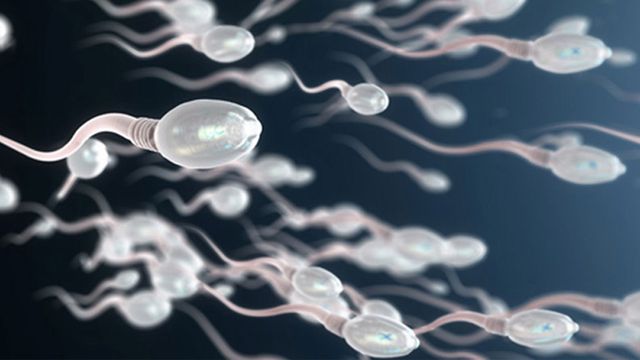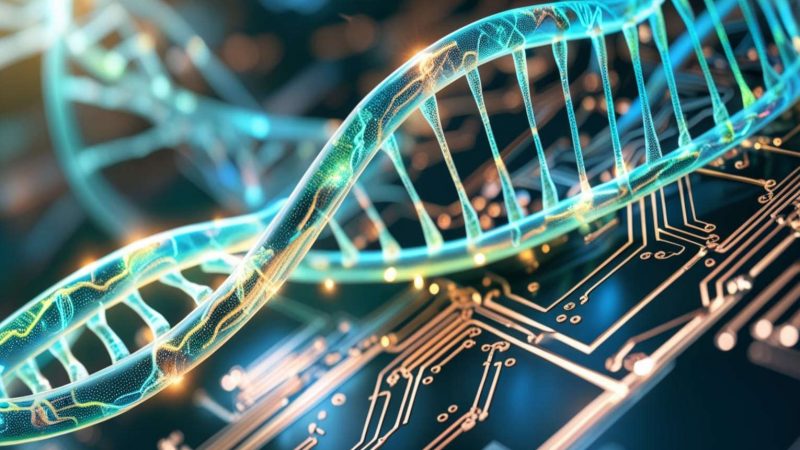DNA Folding in Sperm Captured in Real Time

Want to listen to this article for FREE?
Complete the form below to unlock access to ALL audio articles.
Researchers at Nano Life Science Institute (WPI-NanoLSI), Kanazawa University and colleagues have achieved a major breakthrough in understanding sperm DNA packaging. Using high-speed atomic force microscopy (HS-AFM), they captured the real-time process of protamine (PRM)-induced DNA condensation, providing critical insights into fertility, genome stability, and future applications in medicine. Their findings are published in Nucleic Acids Research.
Why This Discovery is Important
In most cells, DNA is wrapped around proteins called histones, allowing it to be loosely packed and accessible for gene activity. However, in sperm cells, histones are replaced by protamines, which enable extreme DNA condensation. This compaction is essential for protecting genetic material during fertilization, ensuring efficient transport of DNA to the egg, and contributing to fertility and embryo development. Despite its importance, the precise steps of how protamines condense DNA into highly stable structures have remained unclear. Previous imaging methods could only capture static snapshots, leaving many questions unanswered. Now, for the first time, Richard W. Wong at Nano Life Science Institute (WPI-NanoLSI), Kanazawa University and collaborators have used real-time imaging to reveal the entire condensation process.
Key Findings
Using HS-AFM, the research team directly visualized the stepwise transformation of DNA structures as they bind to protamines. The study introduces a new CARD (Coil-Assembly-Rod-Doughnut) model, which describes the condensation process through four distinct stages: the Coil Stage, where DNA forms loose loops; the Assembly Stage, where protamines bind, increasing structural organization; the Rod Stage, where DNA becomes further compacted; and the Doughnut (Toroid) Stage, where the final stable structure forms. Additionally, researchers discovered that this packaging is reversible, meaning the structure can shift based on environmental conditions. These insights have major implications for understanding male infertility, chromatin biology, and gene therapy.
Potential Applications
Fertility research could benefit from insights into DNA packaging, helping to diagnose and treat male infertility. Gene therapy might improve through a better understanding of DNA compaction and its role in genetic material delivery in medical treatments. Synthetic biology and nanotechnology could also leverage these findings to develop new methods for manipulating DNA structures in biotechnological applications.
Expert Insights
“Our findings provide a dynamic view of how protamines shape sperm chromatin structure, a process essential for fertility and genome stability,” says corresponding author Richard W. Wong. “This research not only enhances our understanding of reproduction but also has far-reaching implications for genetics and fertility treatments.”
Reference: Nishide G, Lim K, Kobayashi A, et al. Spatiotemporal dynamics of protamine–DNA condensation revealed by high-speed atomic force microscopy. Nucleic Acids Research. 2025;53(6):gkaf152. doi: 10.1093/nar/gkaf152
This article has been republished from the following materials. Note: material may have been edited for length and content. For further information, please contact the cited source. Our press release publishing policy can be accessed here.

